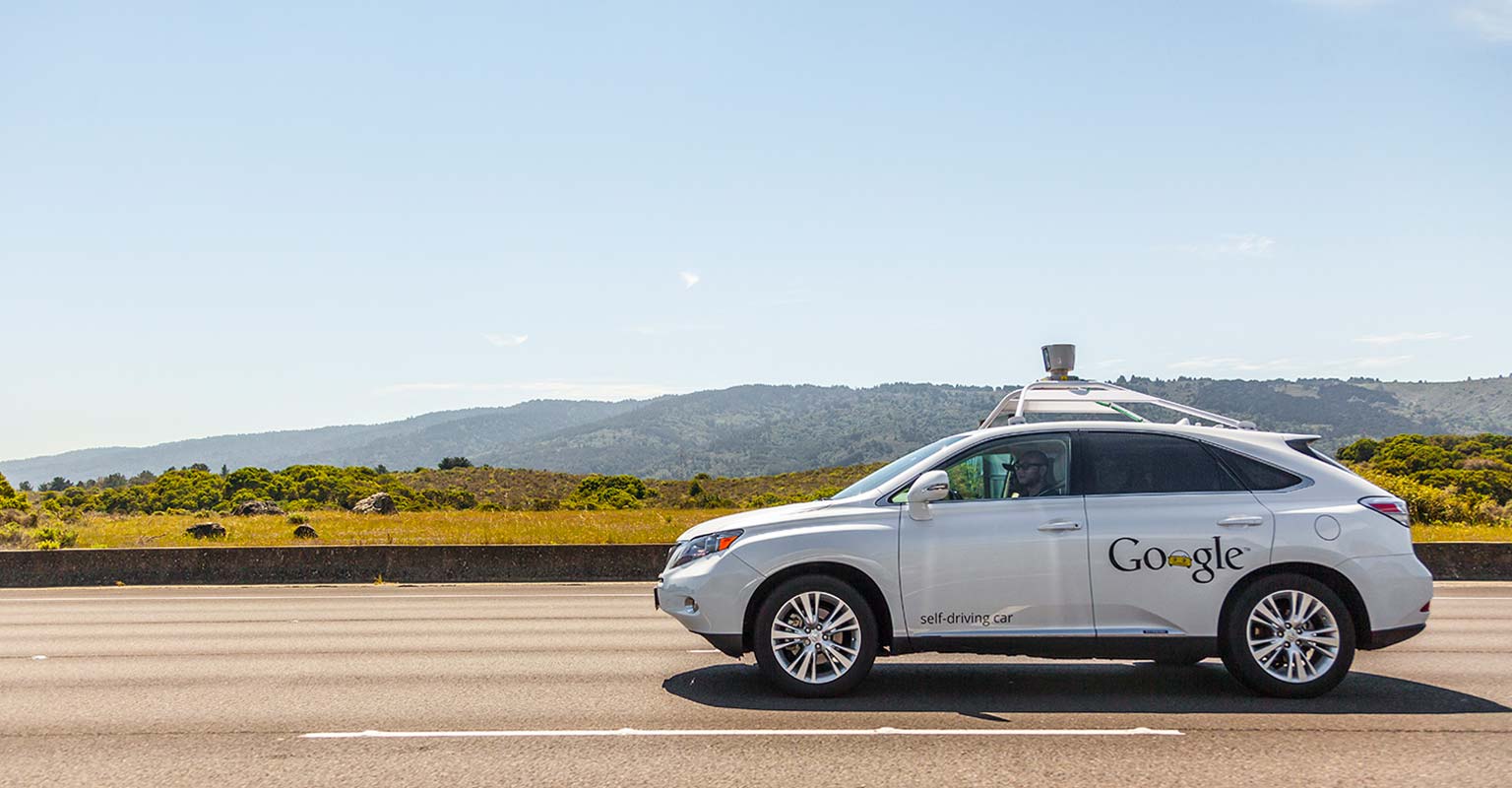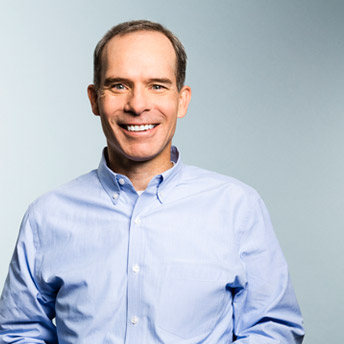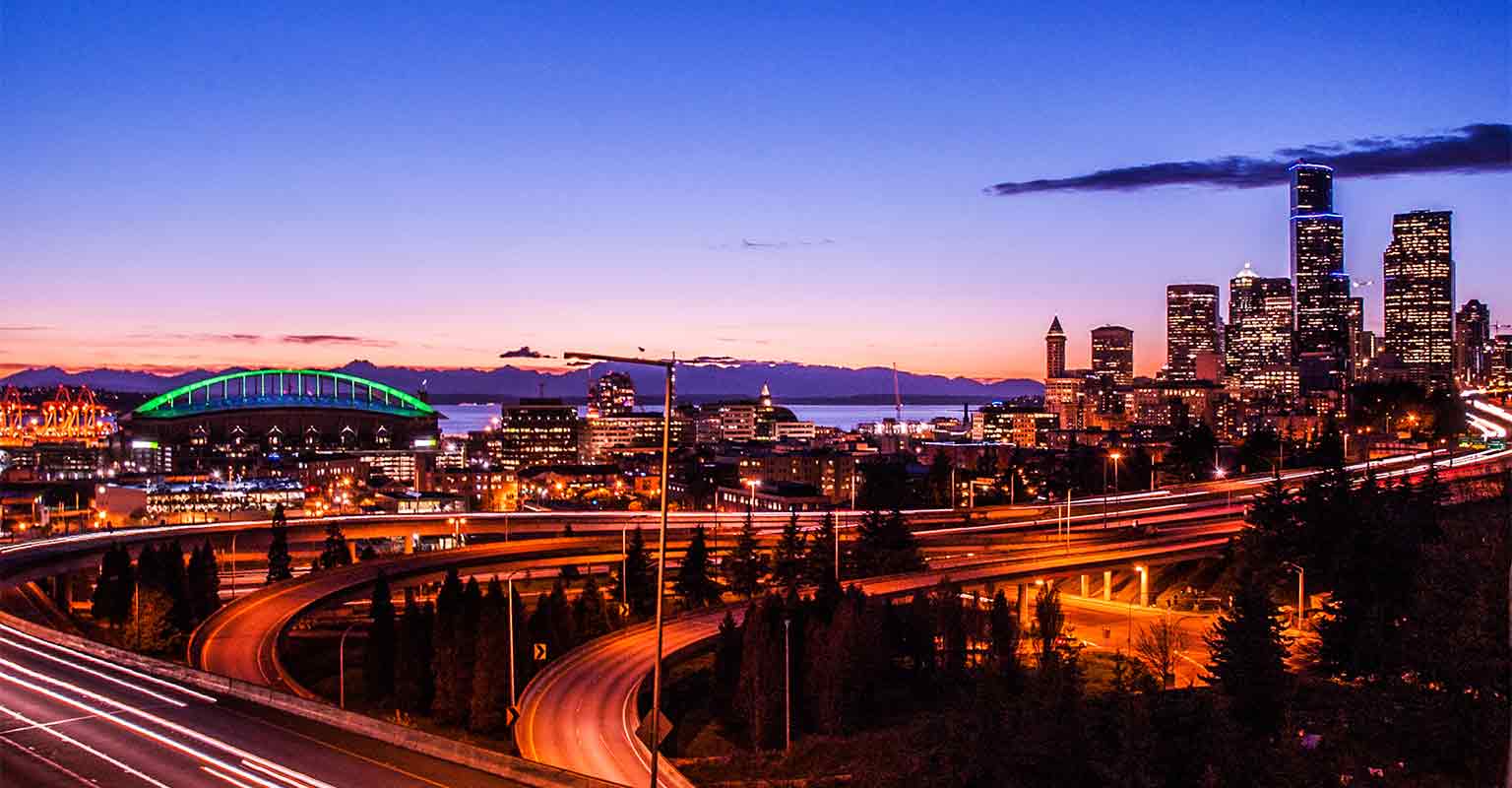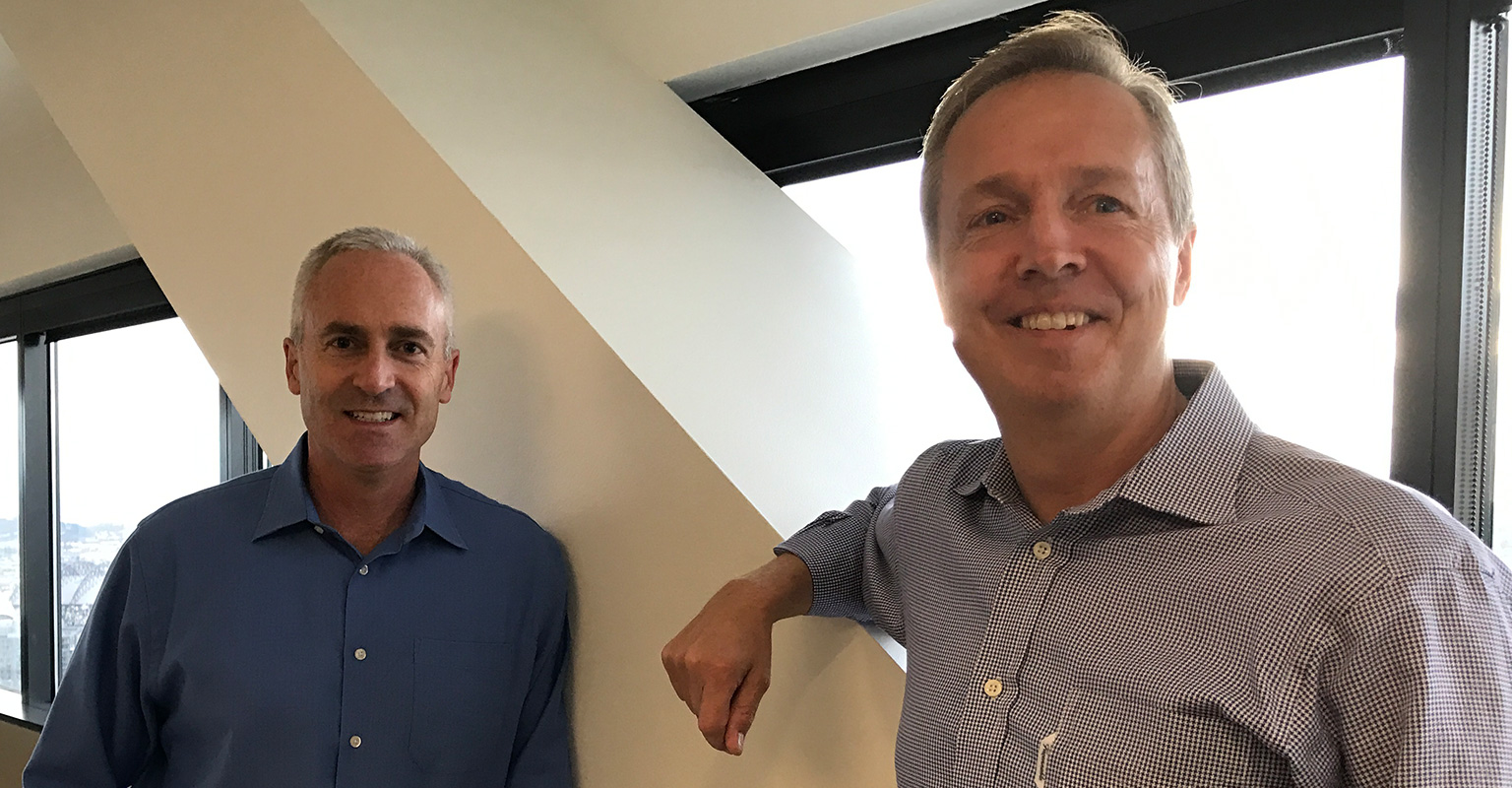Only a few years ago, driverless cars were a pipe dream. Because of technological challenges and regulatory obstacles, experts believed that driverless cars would not be feasible for decades in the future, if at all. Nevertheless, in a surprisingly short period of time, we’ve observed rapid innovations which are bringing driver assisted and autonomous vehicles to our roads today. In fact, Google just brought their autonomous car test program to Kirkland.
 In addition to autonomous vehicles, new technologies and business initiatives promise to make ride sharing more widely used. King County Metro currently manages the nation’s largest publicly owned commuter van program, but it requires users to browse online bulletin boards for openings and submit an application to become a rider. Thanks to smartphone technologies, companies like Uber and Lyft have introduced much easier-to-use, location-based services to help riders find and share rides between home and work.
In addition to autonomous vehicles, new technologies and business initiatives promise to make ride sharing more widely used. King County Metro currently manages the nation’s largest publicly owned commuter van program, but it requires users to browse online bulletin boards for openings and submit an application to become a rider. Thanks to smartphone technologies, companies like Uber and Lyft have introduced much easier-to-use, location-based services to help riders find and share rides between home and work.
Last December, for example, Uber launched commuter ridesharing services for seven routes in Seattle, charging users $5 each per trip to commute in a shared vehicle. In the San Francisco area, where ridesharing has been in operation for longer than here, both Uber and Lyft have reported that as many as 50% of their trips are shared by two or more persons. Combining the possibilities of ridesharing with vehicles that will be self-driven, we are likely to see increased usage and lower costs.
….as many as 25,000 road deaths could have been prevented last year if driverless cars were in operation.
Anthony Foxx, U.S. Transportation Secretary
There are many benefits to autonomous vehicles and ridesharing in addition to lower transportation costs, including reductions in vehicle accidents, less environmental damage, and increased capacity on existing roads, reducing the need for more freeways and lanes. U.S. Transportation Secretary Anthony Foxx recently said that as many as 25,000 road deaths could have been prevented last year if driverless cars were in operation. Autonomous vehicles will include not only passenger autos but buses and trucks of all kinds.
And yet, most of our region’s leaders and transportation planners have been slow to consider how to incorporate autonomous vehicles and innovate ridesharing into their transportation plans. Instead companies like Uber, Tesla, and Google are mostly deploying new technologies without public sector involvement. We should be learning from partnerships like Lyft’s involvement in Seattle’s Vision Zero plan to end traffic deaths and injuries. Lyft approached the city to create an innovative program to curb drunk driving by offering $75,000 in discounted Lyft rides at bars and clubs in Seattle.
In January, the Obama administration announced it would be expediting regulatory guidelines for driverless vehicles while also investing in research to help get them on the road. President Obama’s proposed budget over the next fiscal year includes a request for $4 billion to finance research and infrastructure improvements to support autonomous vehicles coming to market.
Challenge Seattle
Our public officials need to be vigorous in working to secure private and public grants that support research and policy making. A good first step is Seattle’s recent application (with Challenge Seattle as its private sector partner) for the U.S. Department of Transportation’s Smart City Challenge, which (with support from Paul Allen’s Vulcan) will provide $40 million in funding to one mid-sized city that puts forward “bold, data-driven ideas to improve lives by making transportation safer, easier, and more reliable.”
Seattle is a worldwide technology hub, arguably the largest after Silicon Valley – we should have these issues front and center and be willing to invest in planning that will make better use of our roads for fewer taxpayer dollars.
We have the opportunity to emerge as a global leader in integrating autonomous vehicles and vehicle sharing in all transportation planning for the future. But in order to do this, it’s essential that our local governments and the state become leaders in supporting and promoting public policies and private sector initiatives that provide a receptive environment to autonomous vehicles and ridesharing. As we plan for Seattle in 2040, we can’t afford to ignore the remarkable technological transformation happening right in front of us.
This opinion piece appeared in the Seattle Times



